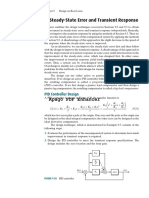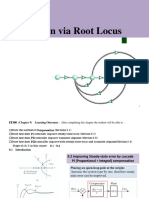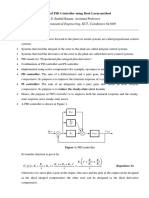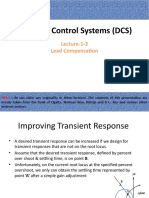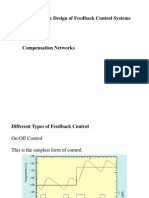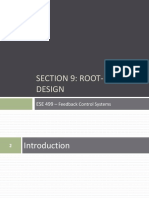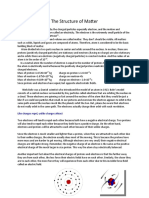0% found this document useful (0 votes)
17 views4 pages10 (Control System Design 2)
This lecture focuses on the design of cascade compensators to improve steady-state error and transient response in control systems. It discusses various compensators, including PI, Lag, PD, and Lead compensators, and their effects on system performance. The lecture emphasizes the use of combinations like PID and lag-lead compensators to achieve desired specifications for both steady-state error and transient response.
Uploaded by
MichaelCopyright
© © All Rights Reserved
We take content rights seriously. If you suspect this is your content, claim it here.
Available Formats
Download as PDF, TXT or read online on Scribd
0% found this document useful (0 votes)
17 views4 pages10 (Control System Design 2)
This lecture focuses on the design of cascade compensators to improve steady-state error and transient response in control systems. It discusses various compensators, including PI, Lag, PD, and Lead compensators, and their effects on system performance. The lecture emphasizes the use of combinations like PID and lag-lead compensators to achieve desired specifications for both steady-state error and transient response.
Uploaded by
MichaelCopyright
© © All Rights Reserved
We take content rights seriously. If you suspect this is your content, claim it here.
Available Formats
Download as PDF, TXT or read online on Scribd
/ 4


















